This minimalist urban retreat is Swiss Ambassador's Residence in Mexico City
Lausanne-based architects Fruehauf, Henry & Viladoms (FHV) and Mexico City studio Blancasmoran have redesigned the Swiss Ambassador’s Residence in Mexico City into a minimalist urban retreat
Rafael Gamo - Photography
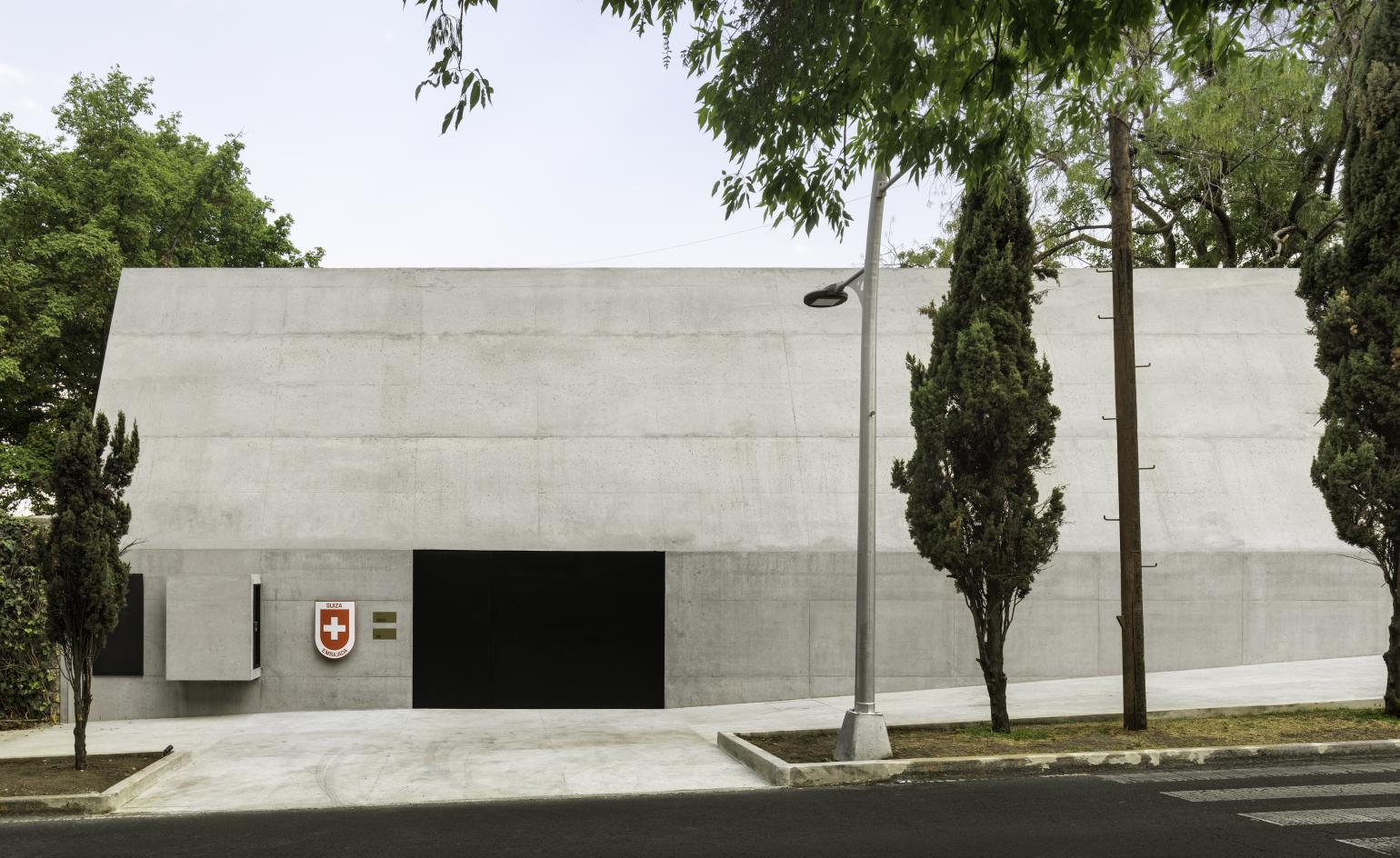
Located on a tree-lined street in the Lomas de Chapultepec neighbourhood of Mexico City, this striking, monolithic concrete design is the Swiss Ambassador's Residence in Mexico. The majestic – if somewhat enigmatic – volume has recently been renovated and redesigned by Lausanne-based architects Fruehauf, Henry & Viladoms (FHV) and Mexico City studio Blancasmoran. The urban retreat's minimalist architecture takes its cues from the topography and residential identity of the site and the wider area.
Placed in a relatively narrow, elongated plot, the residence’s reworked shape is defined by the neighbouring structures as well as the footprint of the existing home on site, which the team respected. The new house is located on a plinth and crafted within thick concrete walls, creating a physical and acoustic distance from the street – as the architects treated the residence as a calm domestic retreat, away from the noise of the street.

‘This sense of calm is reinforced by the omnipresence of the plant element,' say the architecture team, pointing towards the gardens, planted courtyards and indoor greenery everywhere. ‘On the avenue side, the wall becomes a façade. A horizontal folding gives it an austere, intriguing and sophisticated presence.'
Inside, concrete meets light grey terrazzo floors in a graceful, uncluttered interior. Black granite blocks contain service spaces, visually separated from the main living spaces' concrete slabs. Large eucalyptus-wood swing doors separate different spaces. The harder, minimalist surfaces are juxtaposed by greenery everywhere, inside and out, balancing nature and architecture.
Large glazed surfaces visually connect the home with its surroundings, while at the rear, cascading terraces lead residents out of the house and through the gently sloped urban gardens towards the ravine at the bottom of the site. ‘The topography is a geographical element that strongly defines the site. The area's ravines create wooded natural corridors,’ say the architects, who cleverly juxtaposed the softness of this landscape with a strong, clearly defined volume in this renovation project.
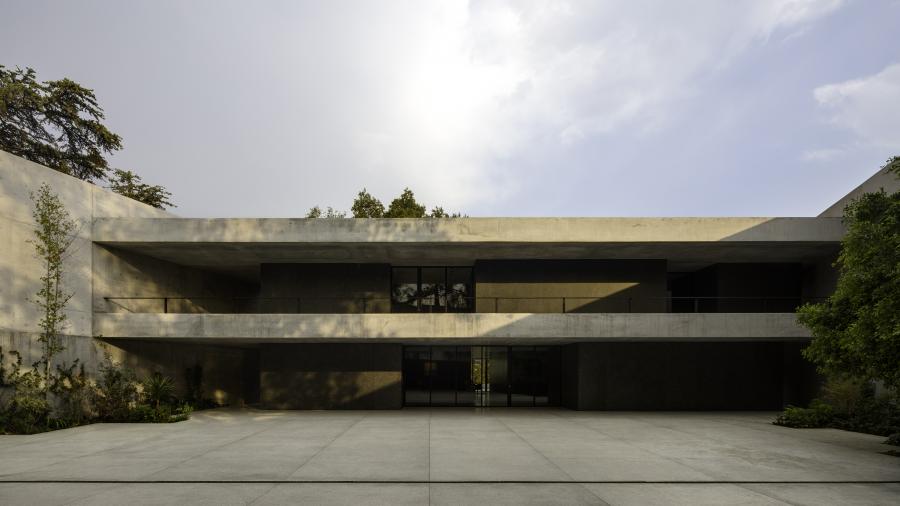

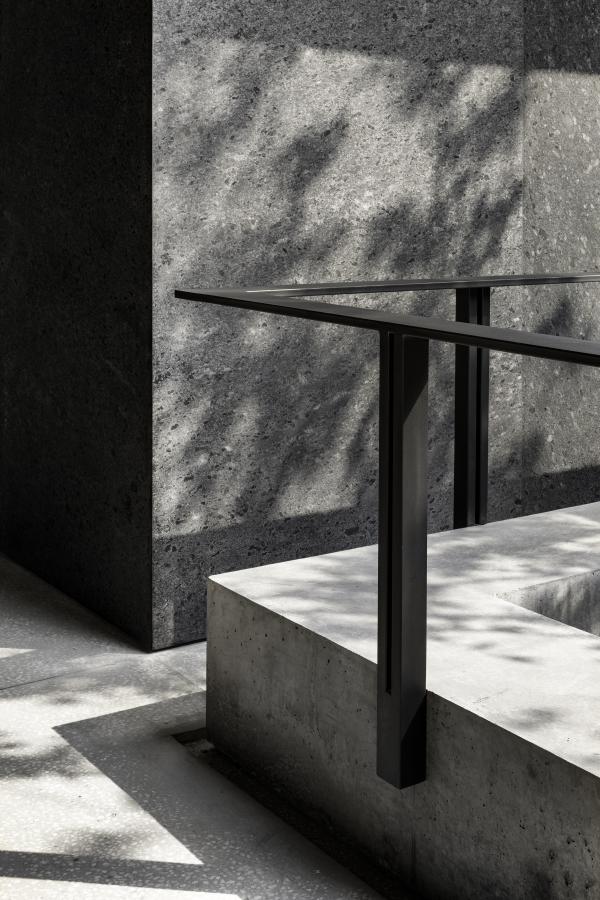
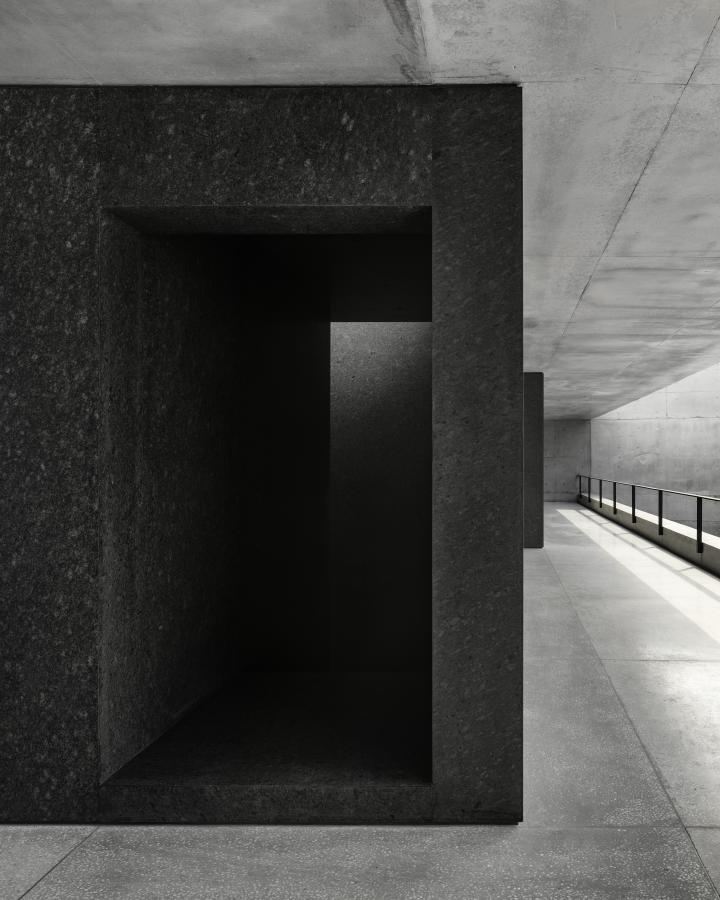






INFORMATION
Receive our daily digest of inspiration, escapism and design stories from around the world direct to your inbox.
Ellie Stathaki is the Architecture & Environment Director at Wallpaper*. She trained as an architect at the Aristotle University of Thessaloniki in Greece and studied architectural history at the Bartlett in London. Now an established journalist, she has been a member of the Wallpaper* team since 2006, visiting buildings across the globe and interviewing leading architects such as Tadao Ando and Rem Koolhaas. Ellie has also taken part in judging panels, moderated events, curated shows and contributed in books, such as The Contemporary House (Thames & Hudson, 2018), Glenn Sestig Architecture Diary (2020) and House London (2022).
-
 How Memphis developed from an informal gathering of restless creatives into one of design's most influential movements
How Memphis developed from an informal gathering of restless creatives into one of design's most influential movementsEverything you want to know about Memphis Design, from its history to its leading figures to the pieces to know (and buy)
-
 Aidia Studio's mesmerising forms blend biophilia and local craft
Aidia Studio's mesmerising forms blend biophilia and local craftMexican architecture practice Aidia Studio's co-founders, Rolando Rodríguez-Leal and Natalia Wrzask, bring together imaginative ways of building and biophilic references
-
 Modern masters: the ultimate guide to Keith Haring
Modern masters: the ultimate guide to Keith HaringKeith Haring's bold visual identity brought visibility to the marginalised
-
 Aidia Studio's mesmerising forms blend biophilia and local craft
Aidia Studio's mesmerising forms blend biophilia and local craftMexican architecture practice Aidia Studio's co-founders, Rolando Rodríguez-Leal and Natalia Wrzask, bring together imaginative ways of building and biophilic references
-
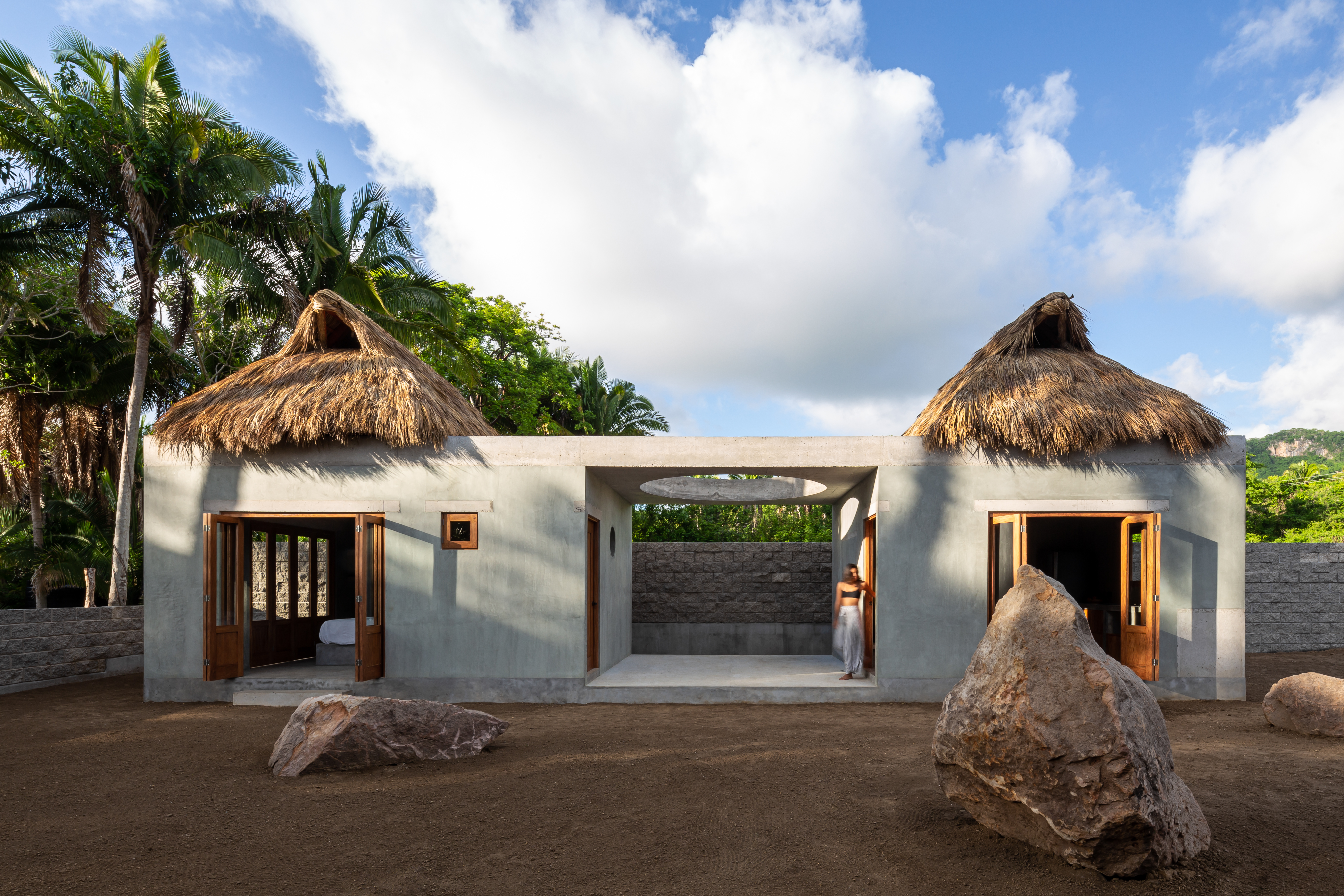 Mexico's Palma stays curious - from sleepy Sayulita to bustling Mexico City
Mexico's Palma stays curious - from sleepy Sayulita to bustling Mexico CityPalma's projects grow from a dialogue sparked by the shared curiosity of its founders, Ilse Cárdenas, Regina de Hoyos and Diego Escamilla
-
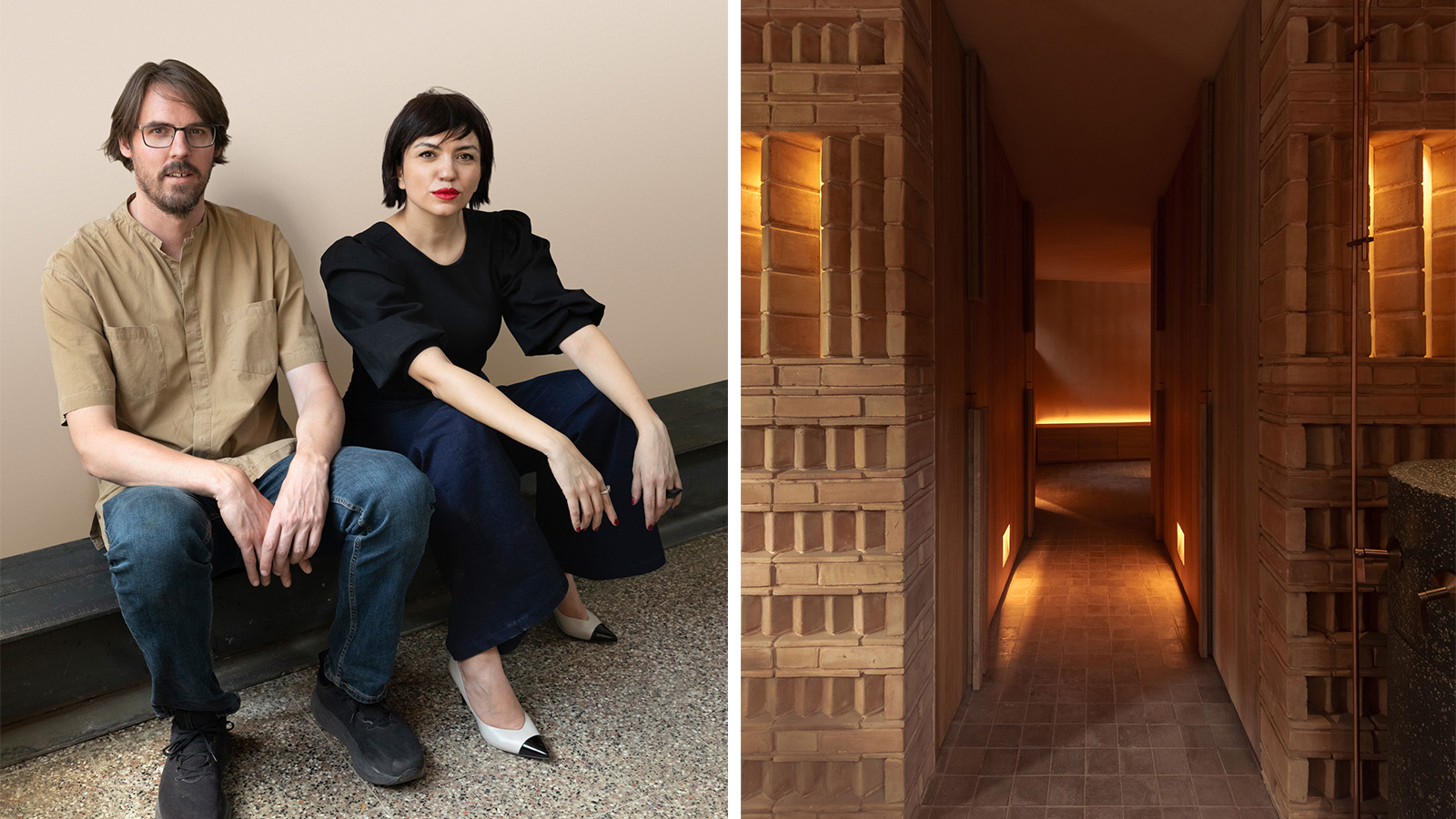 Discover Locus and its ‘eco-localism' - an alternative way of thinking about architecture
Discover Locus and its ‘eco-localism' - an alternative way of thinking about architectureLocus, an architecture firm in Mexico City, has a portfolio of projects which share an attitude rather than an obvious visual language
-
 Deep dive into Carlos H Matos' boundary-pushing architecture practice in Mexico
Deep dive into Carlos H Matos' boundary-pushing architecture practice in MexicoMexican architect Carlos H Matos' designs balance the organic and geometric, figurative and abstract, primitive and futuristic
-
 For Rodríguez + De Mitri, a budding Cuernavaca architecture practice, design is 'conversation’
For Rodríguez + De Mitri, a budding Cuernavaca architecture practice, design is 'conversation’Rodríguez + De Mitri stands for architecture that should be measured, intentional and attentive – allowing both the environment and its inhabitants to breathe
-
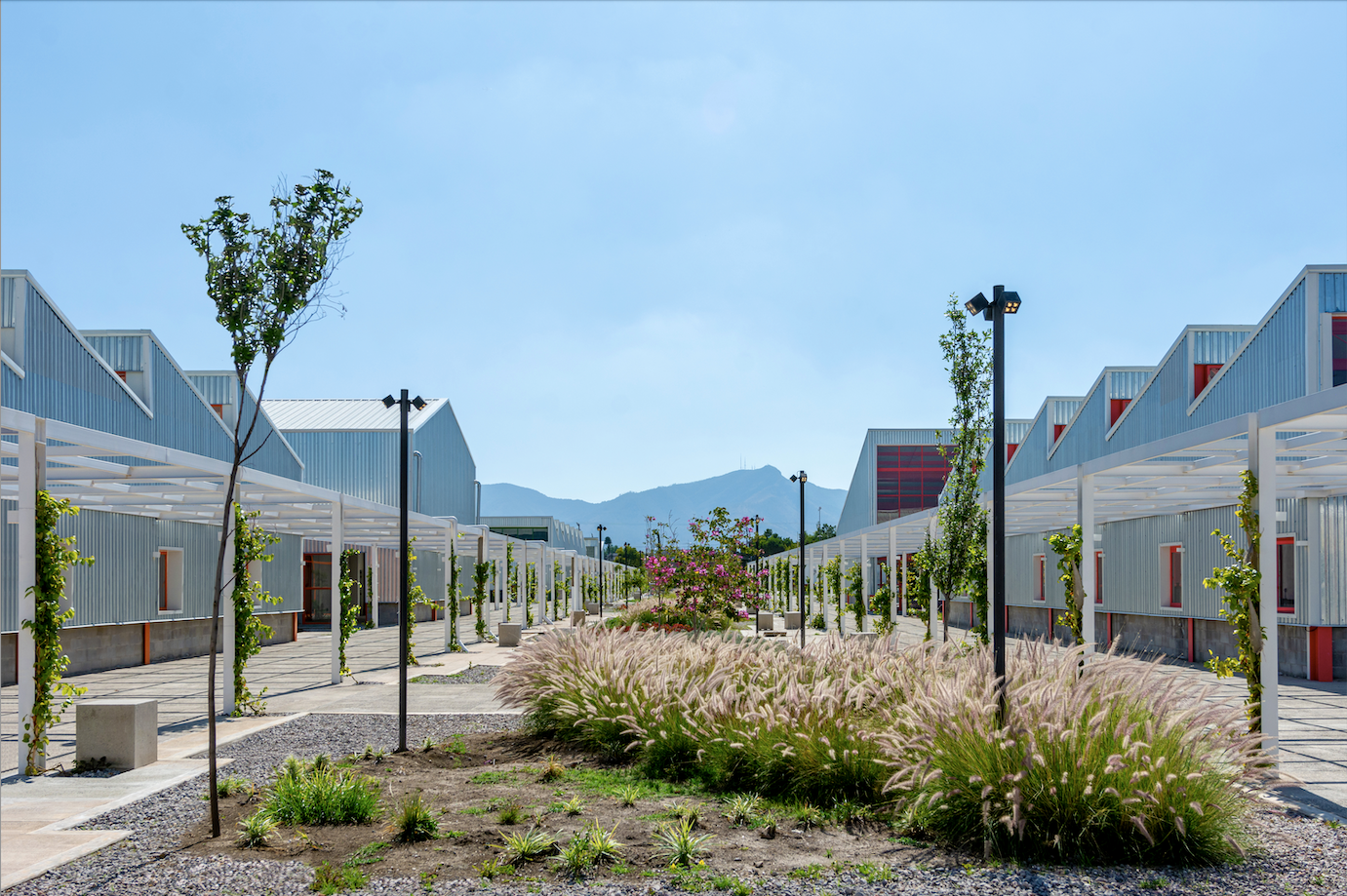 Mexico's Office of Urban Resilience creates projects that cities can learn from
Mexico's Office of Urban Resilience creates projects that cities can learn fromAt Office of Urban Resilience, the team believes that ‘architecture should be more than designing objects. It can be a tool for generating knowledge’
-
 These Guadalajara architects mix modernism with traditional local materials and craft
These Guadalajara architects mix modernism with traditional local materials and craftGuadalajara architects Laura Barba and Luis Aurelio of Barbapiña Arquitectos design drawing on the past to imagine the future
-
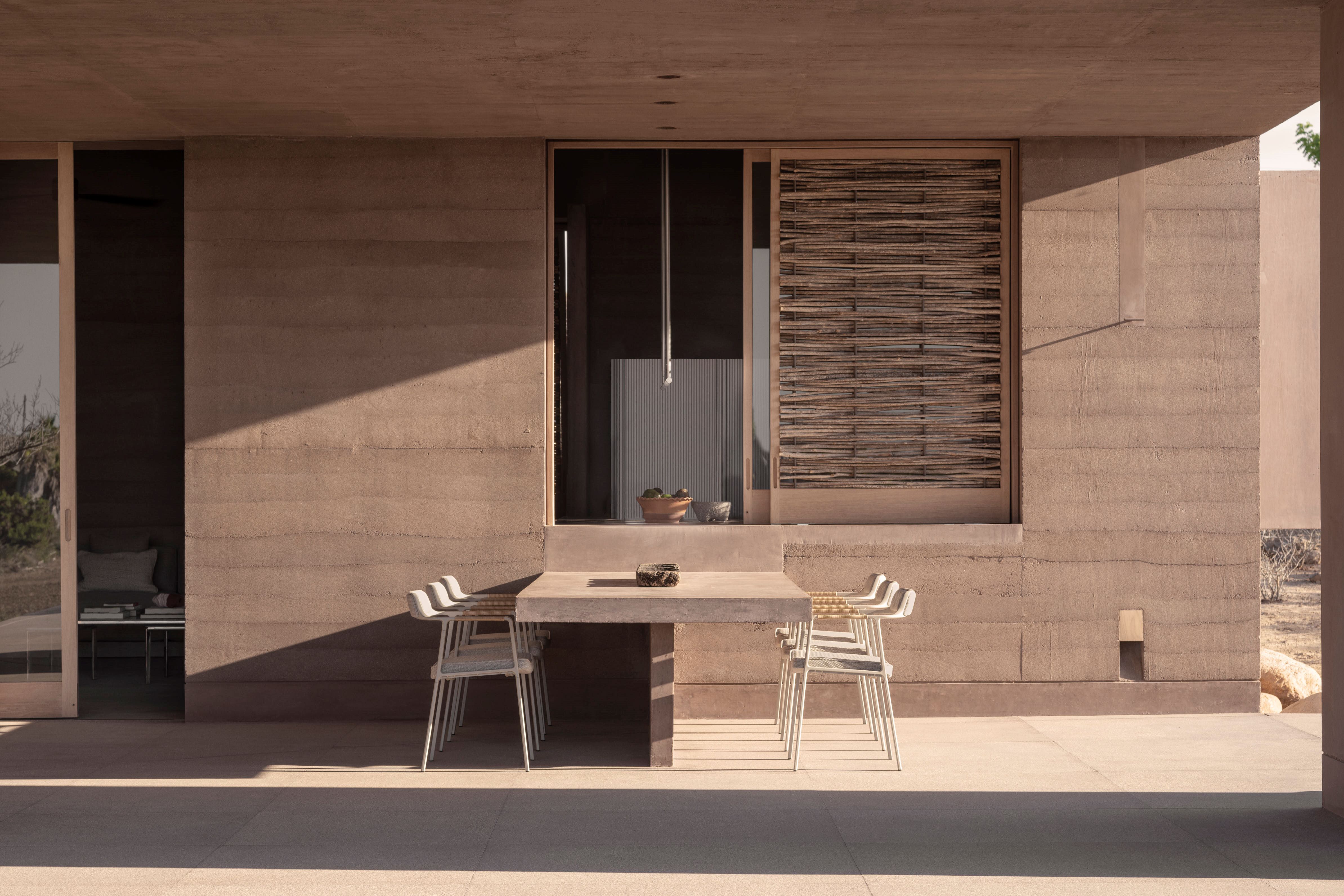 This Mexican architecture studio has a surprising creative process
This Mexican architecture studio has a surprising creative processThe architects at young practice Pérez Palacios Arquitectos Asociados (PPAA) often begin each design by writing out their intentions, ideas and the emotions they want the architecture to evoke